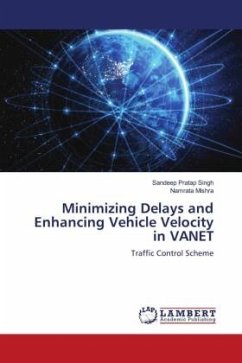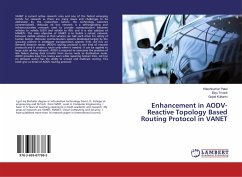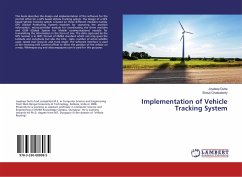In Vehicular Ad Hoc Networks (VANETs), vehicles communicate through Vehicle-to-Vehicle (V to V) and Vehicle-to-Roadside Unit (V to RSU) channels, posing challenges for wide deployment. A key issue is designing delay minimization algorithms to handle path disruptions due to vehicle mobility. This dissertation proposes a scheme focusing on reducing delays for high-velocity vehicles, minimizing collision risks. It utilizes low-velocity vehicles to share road status and velocity information, reducing overall traffic in dynamic VANETs. The AODV routing protocol is employed for flooded request and reply, broadcasting specific packets called delay-aware information. Computer simulations using the ns-2 simulator demonstrate the scheme's effectiveness in increasing information delivery, reducing packet overhead, and improving throughput.
Bitte wählen Sie Ihr Anliegen aus.
Rechnungen
Retourenschein anfordern
Bestellstatus
Storno








